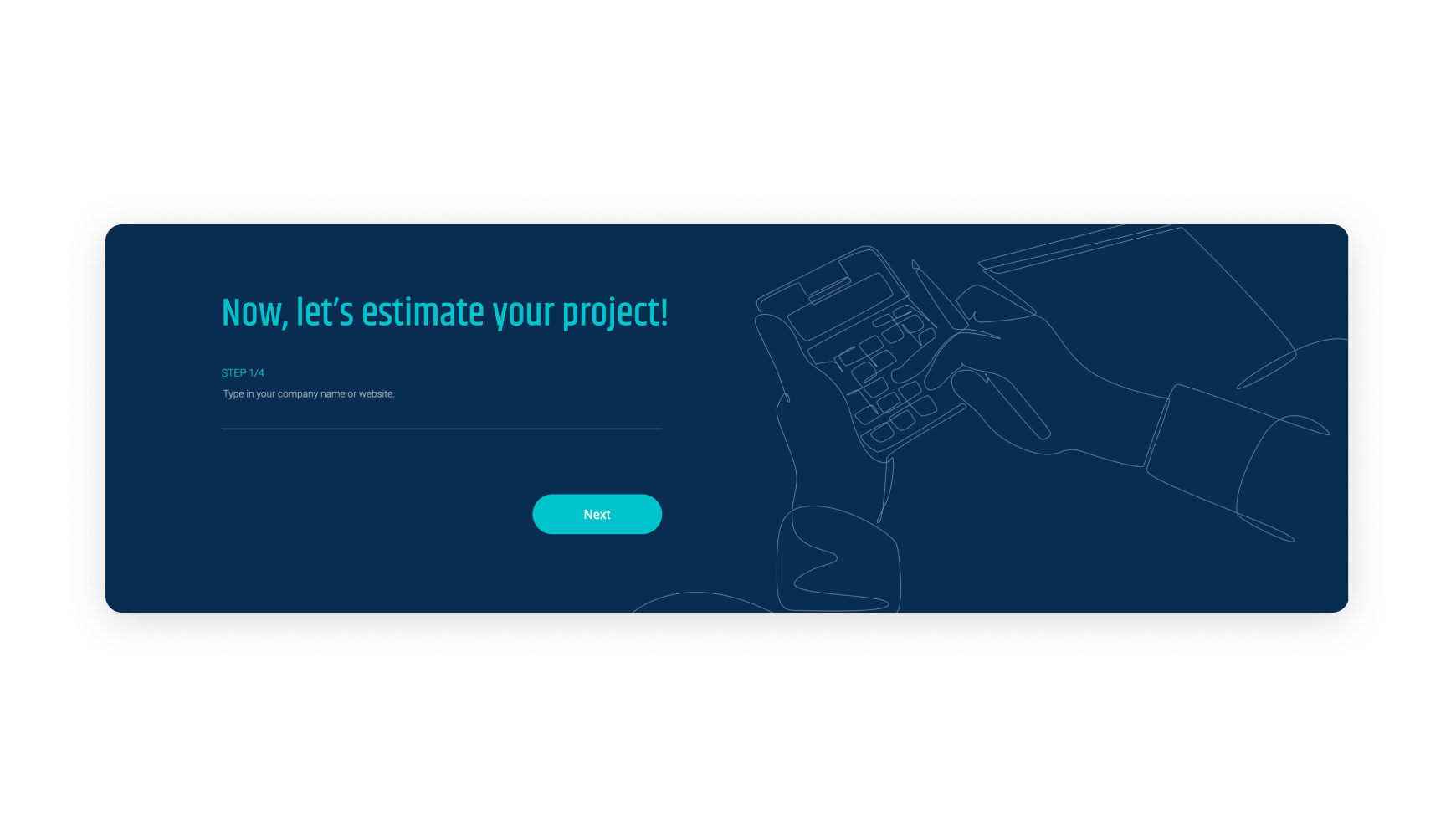
Quick Summary
If you're hiring a professional team—freelancers, boutique agencies, or digital studios—here’s what to expect:
$2,750 for industry-specific, pre-designed sites (like our 2-day dental clinic solution)
$5,000–$15,000 for a small business site with standard CMS setup
$15,000–$60,000+ for e-commerce websites with payment systems, product management, and platform integrations
$25,000–$150,000+ for custom websites or web applications with advanced features
$100,000–$500,000+ for enterprise platforms with integrations, high-traffic optimization, or multi-site infrastructure
These costs reflect more than deliverables—they reflect decisions around quality, scalability, infrastructure, and support.
Introduction
Website cost is a direct outcome of decisions around scope, functionality, platform, and vendor. In 2025, the range is broad—and for good reason. A simple marketing site doesn’t belong in the same conversation as a custom web application with integrations, admin workflows, and scalability requirements.
Businesses are often surprised by how far apart estimates can be. One vendor quotes $8,000. Another quotes $60,000. The confusion usually stems from vague project details, different assumptions, or unclear priorities. This article breaks down what drives those differences and how to budget with more accuracy.
What You’ll Learn
This article covers:
The key factors that influence website cost
Why vendor quotes vary widely—even for similar-sounding projects
Typical price ranges based on website type and complexity
Common budgeting mistakes that lead to project risk
How to plan beyond launch and avoid underestimating total investment
Real-world pricing example: $2,750 ready-to-launch website for dental clinics
What Drives Website Cost

Website cost isn’t random—it’s shaped by a clear set of decisions and requirements. From who you hire to how much functionality you need, each element adds complexity, time, or risk to the project. If you've ever wondered why one quote is triple the price of another, it's usually because the underlying assumptions are completely different.
Here are the core factors that influence website cost in 2025:
1. Vendor Type and Experience
Freelancers, agencies, and studios all price differently. A one-person team may be affordable but limited in capacity. An experienced agency brings specialists—developers, designers, QA, project leads—and stronger delivery reliability.
2. Technology and Platform
WordPress, Craft CMS, Laravel, or a custom headless setup each come with different development timelines, licensing considerations, and maintenance needs. Your platform choice affects cost, future flexibility, and technical debt.
3. Scope and Features
Complexity drives cost. More pages, more roles, more integrations, more testing. Whether it’s a multilingual interface, a booking system, or a secure portal, the effort scales quickly.
4. Timeline and Resources
Shorter timelines increase cost. Rushed projects require more resources and create pressure on QA, content prep, and scope clarity. Reasonable lead time allows for better planning and execution.
5. Post-Launch Support
Security updates, CMS upgrades, hosting management, and performance monitoring need to be considered as part of the full cost—not as afterthoughts.
As we outlined there:
Web design pricing follows consistent logic, even as it varies dramatically across projects… The range is not, at all, arbitrary. It actually reflects the impact of specific, measurable factors that experienced development teams identify during initial project scoping.
Real-World Example: A $2,750 Dental Website (Live in 2 Days)

Not every project requires a full custom build. For dental clinics, we offer a pre-designed, high-converting website that’s ready to launch in just 2 business days.
What's included for $2,750 USD:
Setup, customization, and content migration
Mobile-optimized, SEO-ready layout
Secure hosting and CMS-powered content
Professional design built specifically for patient engagement
Ongoing maintenance & hosting: $69/month
This is a great fit for practices that need a fast, reliable solution without starting from scratch.
→ View the live demo or order your site
Why Website Quotes Vary So Widely

Two vendors quoting very different prices are likely working from different assumptions. It’s not just about the deliverables—it’s about how well the project is defined and who’s doing the work.
What causes big pricing gaps:
Differences in included services: UX, QA, support, infrastructure
Varying assumptions around page count, integrations, or content readiness
Quality of design, accessibility, and responsiveness
Post-launch support structure (or lack of one)
Level of risk factored into the quote
Try Our Website Cost Estimator

If you're planning a project and want a clearer sense of where your budget might land, use our Website Design Cost Estimator. It’s built to help you understand how functionality, technology choices, and project scope influence pricing—so you can make more informed decisions before talking to vendors.
What Happens When Website Cost Is Underestimated

Underbudgeting is a common reason for project breakdowns. Incomplete features, delayed timelines, or unscalable solutions all stem from early-stage decisions made without enough planning.
Consider these findings:
Only 16.2% of software projects finish on time and within budget
57% of failures are tied to poor communication and unclear expectations
Large IT projects average 45% over budget and deliver 56% less value than expected
(Source: McKinsey, Acquaint Softtech)
Typical Website Cost Ranges (2025)
| Project Type | Estimated Cost (CAD/USD) |
|---|---|
| Small Business | $5,000 – $15,000 |
| E-Commerce Website | $15,000 – $60,000+ |
| Custom Website or Web App | $25,000 – $150,000+ |
| Enterprise Digital Platform | $100,000 – $500,000+ |
These numbers reflect professional-grade work: UX design, development, testing, project management, and support. DIY builders or ultra-low-cost offshore options may fall outside this range—but come with different trade-offs.
TL;DR
Website prices start at $2,750 for a pre-built, ready-to-go solution
Most business websites fall between $5K and $150K+, depending on scope, platform, and vendor
Timeline, integrations, testing, and support all impact total cost
Pricing gaps between vendors usually reflect different assumptions and standards—not inflated rates
A good estimate starts with a clear scope and an experienced delivery team
Use the Website Design Cost Estimator to get a rough idea of where your project fits





